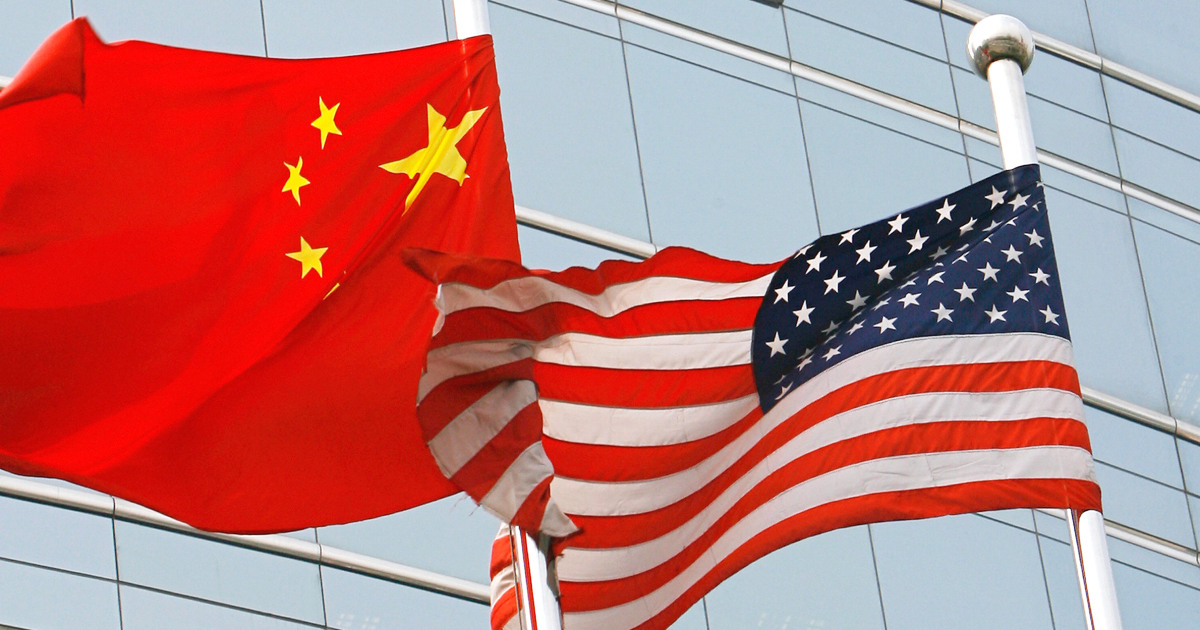Introduction
In an era marked by escalating tensions between the United States and China, the renewal of their science and technology pact represents a significant turning point in international collaboration. This agreement is not merely a diplomatic gesture; it underscores the vital role of innovation and scientific cooperation in navigating the complexities of global competition. As both nations grapple with their strategic priorities, the renewed pact raises critical questions about the future landscape of global technology, innovation, and the potential for cooperation amidst rivalry.
Historical Context of U.S.-China Scientific Collaboration
The roots of scientific collaboration between the U.S. and China can be traced back to the late 20th century, when China began opening its doors to international partnerships following economic reforms. The initial interactions were primarily limited to academic exchanges and joint research projects. However, as China’s technological capabilities advanced, the dynamics of this collaboration evolved.
In 2001, the U.S. and China signed the U.S.-China Science and Technology Agreement, which laid the groundwork for a formalized approach to scientific collaboration. Over the years, this partnership has fostered significant advancements in various fields, including renewable energy, space exploration, and healthcare technologies. Despite periodic tensions, such as trade disputes and national security concerns, the underlying importance of scientific cooperation has remained a focal point in U.S.-China relations.
The Renewed Pact: Key Features and Objectives
The renewed science and technology agreement between the U.S. and China is characterized by several key features that reflect the current geopolitical climate:
- Focus on Innovation: The pact emphasizes the importance of collaboration in driving innovation, particularly in areas such as artificial intelligence, quantum computing, and biotechnology.
- Joint Research Initiatives: The agreement promotes joint research initiatives aimed at addressing global challenges, such as climate change, public health crises, and sustainable development.
- Regulatory Frameworks: Both nations are committed to establishing regulatory frameworks that facilitate easier collaboration while addressing concerns related to intellectual property and technology transfer.
- Academic Exchanges: The pact includes provisions for academic exchanges, allowing researchers and students from both countries to collaborate and share knowledge.
Implications for Global Tech Competition
The renewed pact has significant implications for the broader landscape of global technology competition. As the U.S. and China vie for technological supremacy, the agreement serves as a reminder that collaboration can coexist with competition. Key implications include:
1. Shifting Dynamics in Global Innovation
As both nations invest heavily in innovation, the renewed pact may lead to a new era of technological advancements. By pooling resources and expertise, the U.S. and China can accelerate developments that could benefit not only their economies but also the global community. This collaboration could result in breakthroughs in critical areas such as clean energy technologies, where both nations have significant stakes.
2. The Role of Third Parties
The U.S.-China science and technology partnership could also influence how other countries navigate their relationships with both superpowers. Nations in Europe, Asia, and beyond may find themselves in a position to leverage cooperation with either the U.S. or China, depending on their strategic interests. The potential for trilateral or multilateral collaborations could emerge, reshaping the global technological landscape.
3. Addressing Global Challenges
Collaborative efforts in science and technology are crucial in tackling pressing global issues. The renewed pact allows the U.S. and China to address challenges like climate change and pandemic preparedness collectively. By sharing knowledge and resources, both countries can enhance their capacities to respond to global crises, fostering a sense of shared responsibility.
Challenges and Concerns
Despite the optimism surrounding the renewed pact, several challenges and concerns remain:
1. National Security Issues
National security concerns continue to loom large over U.S.-China relations. The U.S. government has expressed apprehension regarding technology transfer and the potential for espionage. Ensuring that collaboration does not compromise national security will be a critical challenge in the implementation of this agreement.
2. Intellectual Property Rights
Intellectual property rights (IPR) remain a contentious issue. The U.S. has long accused China of IPR theft, which has led to significant tensions. The renewed pact must address these concerns transparently to foster trust and ensure that both parties feel secure in their collaborative efforts.
3. Domestic Pressures
Domestic political pressures in both countries may also pose challenges to the success of the renewed agreement. In the U.S., rising nationalism and anti-China sentiment could hinder collaboration efforts. Similarly, in China, the government may face pressure to prioritize national interests over international cooperation.
Broader Implications for Global Cooperation
The renewed U.S.-China science and technology pact transcends bilateral relations, impacting global cooperation in several ways:
- Setting Precedents: The agreement could set a precedent for how other nations approach scientific collaboration amidst geopolitical tensions, encouraging a framework where competition does not entirely eclipse cooperation.
- Enhancing Global Standards: Collaborative efforts may lead to the establishment of global standards in emerging technologies, which can facilitate international trade and cooperation.
- Encouraging Multilateralism: The renewed pact may encourage other countries to engage in multilateral collaborations, recognizing that complex global challenges require collective action.
Conclusion
The renewal of the U.S.-China science and technology pact is a pivotal moment that underscores the importance of collaboration in an increasingly competitive global landscape. While challenges remain, the potential for innovation and addressing global issues through joint efforts is significant. As both nations navigate their relationship, the success of this agreement will depend on their ability to balance competition with cooperation, ultimately shaping the future of global technology and innovation.
In a world where technological advancements are crucial for economic growth and addressing pressing challenges, the U.S.-China partnership could serve as a model for how nations can work together for mutual benefit, even in the face of rivalry. The global community will be watching closely to see how this renewed commitment translates into tangible outcomes in the realms of science and technology.
See more Future Tech Daily

